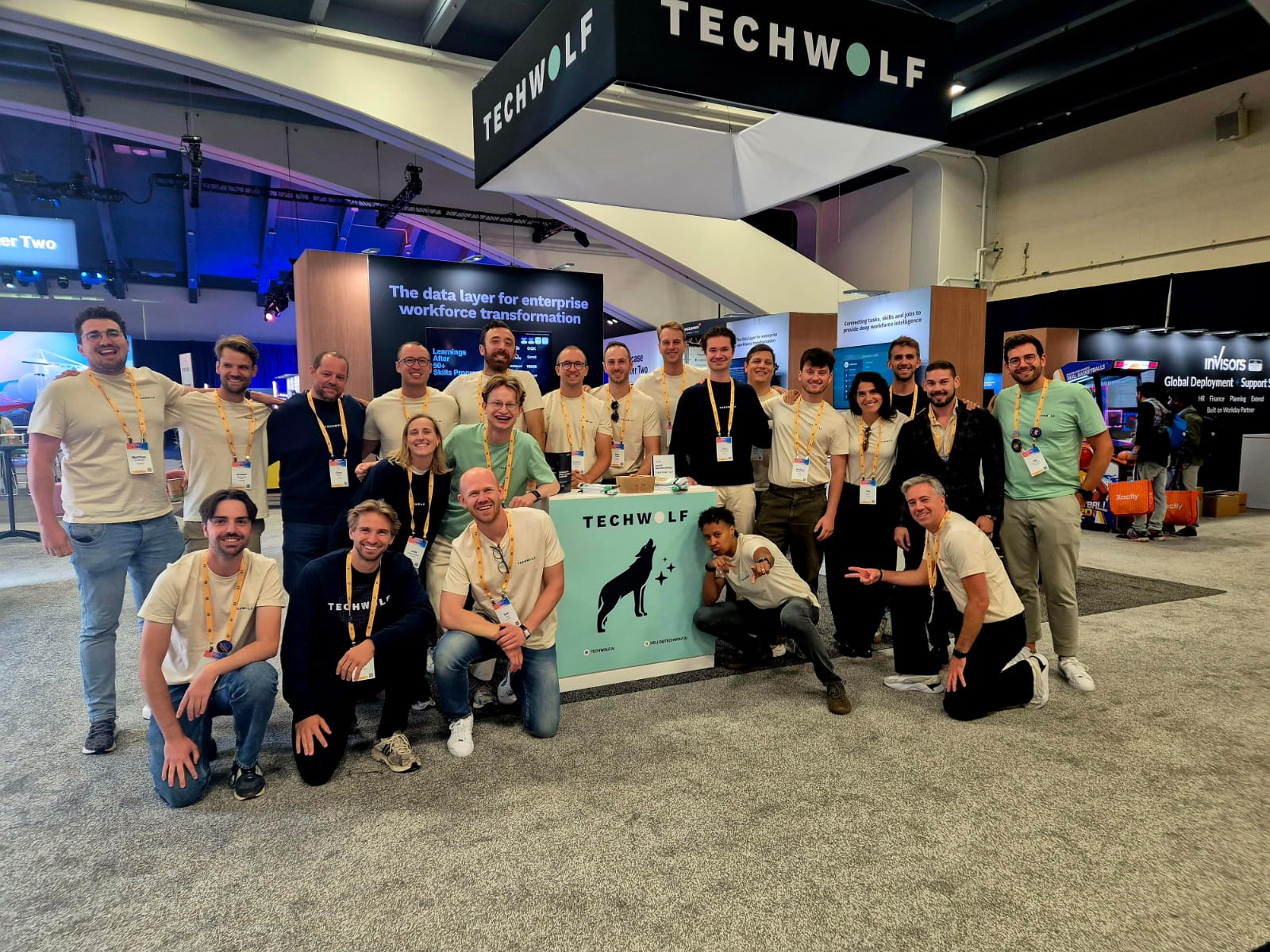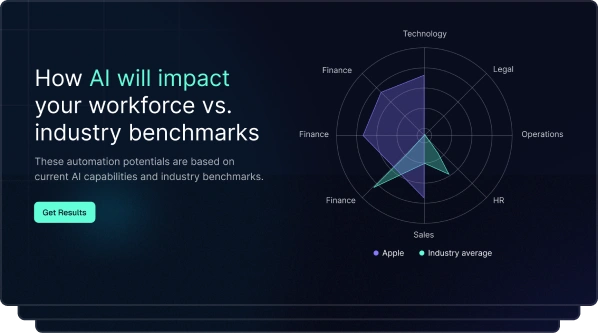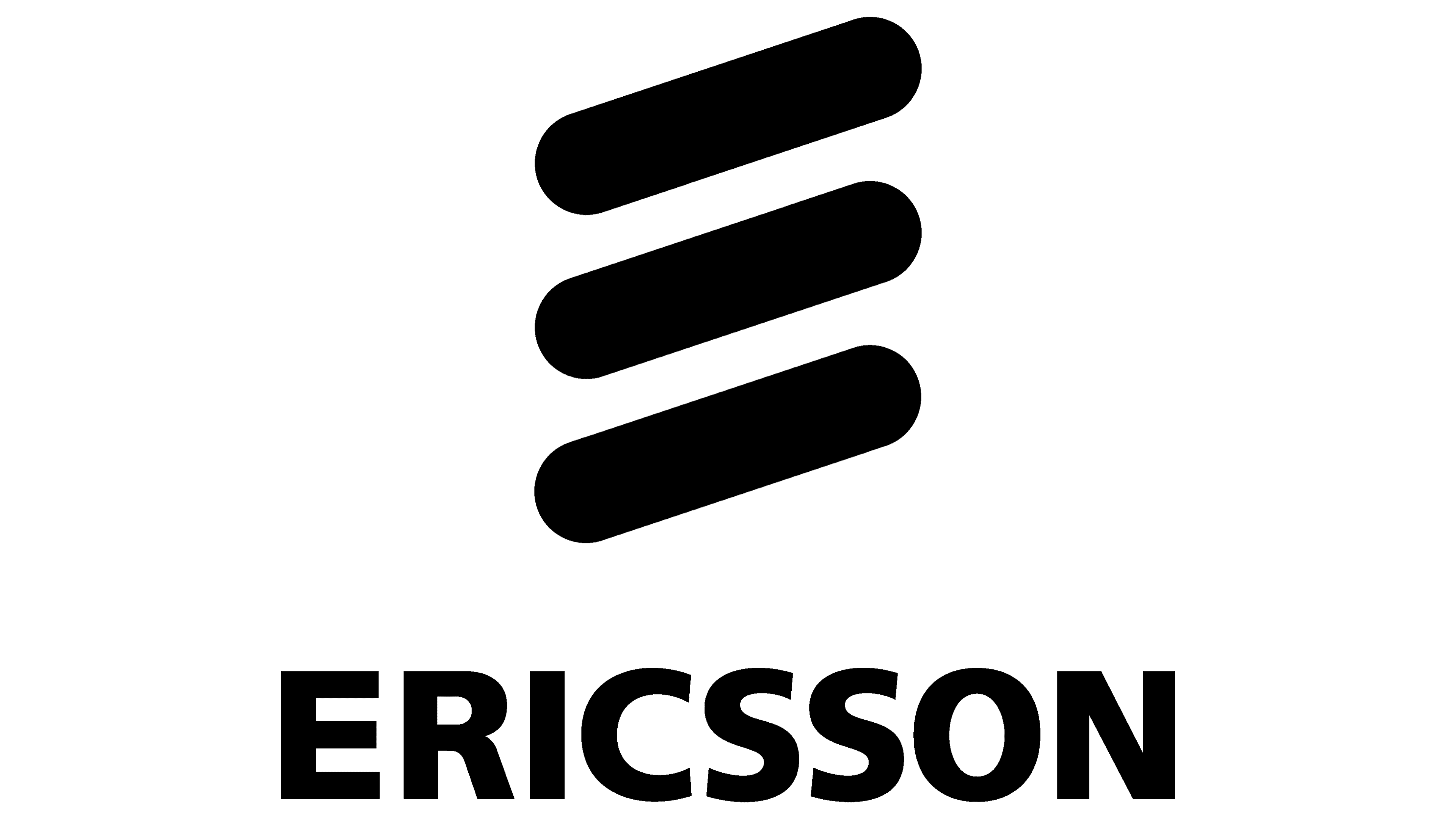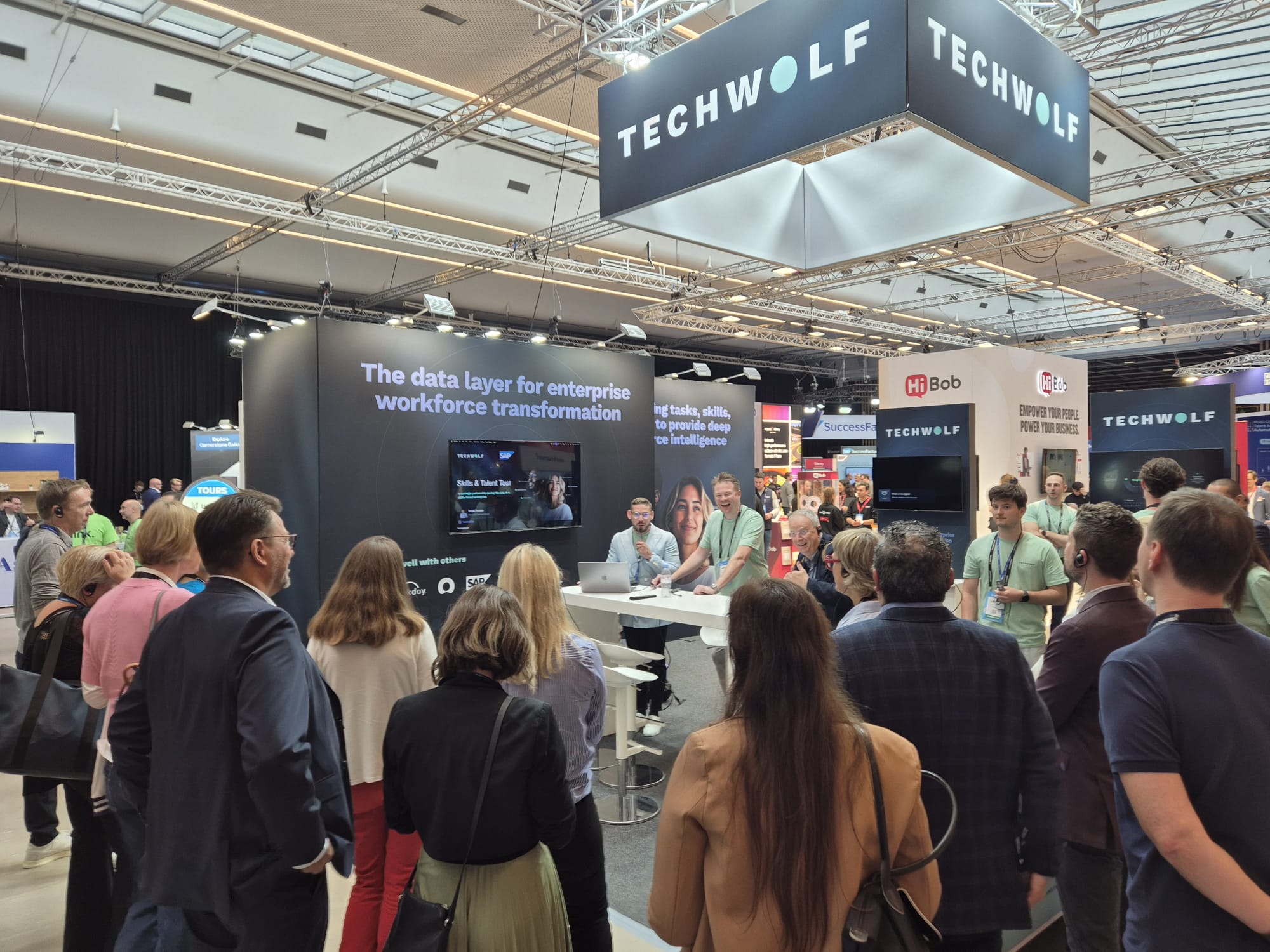Andreas talks at SemperVirens: Why traditional workforce analytics don't scale
.webp)
At the SemperVirens Summit 2025, a fireside discussion titled "Evolving Workforce Transformation: Mastering Skills Inventory (with AI-driven strategies)" brought together industry leaders to tackle one of the most pressing challenges facing modern enterprises. Moderated by Raquel Scott, Senior Associate at Semper Virens, the panel featured Andreas De Neve, Co-Founder and CEO of TechWolf; Jill Larsen, Chief People Officer at Synopsys; Parker Mitchell, CEO of Valence; and Jordana Kammerund, CHO of Corning.
While the discussion covered AI coaching and leadership development, the most compelling insights emerged from the Andreas-Jill dialogue on skills visibility at scale. Their conversation revealed why traditional methods fail and what actually works when you're managing skills for tens of thousands of employees.
Key takeaways
The scale problem is real
"Maintaining a skills database by survey doesn't work at this scale," Andreas explained. With tens of thousands of workers each having dozens of evolving skills, manual tracking becomes impossible.
Inference beats input
TechWolf's breakthrough: analyzing existing work data (JIRA tickets, project contributions) to automatically infer skills rather than relying on self-assessments. "We look at data that's very close to the work that's actually happening."
Hidden talent discovery
At Synopsys, TechWolf's analysis of 4,000 employees revealed 70-80% skills overlap between sales engineers and product engineers—insight no leader suspected, unlocking massive internal mobility opportunities.
Skills as infrastructure
Jill's strategic approach: treating skills data as foundational infrastructure rather than another HR application. "We're going to build the skills platform through TechWolf...very similar as a data lake."
Game-changing Results
From the TechWolf analysis, we actually learned that about 70 to 80% of the jobs are similar and the skills are similar between our AE population [sales engineers] and our product engineering population—which none of our leaders knew and we didn't know. So what that means is we can actually have a lot more velocity and agility between those two populations. The cost of productivity of moving people around is a lot faster than the cost of productivity of hiring from the outside in a very rare skill set environment.
Jill Larsen, Chief People Officer, Synopsys
Get in touch
Ready to explore skills intelligence for your organization? Connect with TechWolf's team to discuss your specific challenges and opportunities.
Recording SemperVirens Summit 2025
Watch Andreas ( CEO TechWolf) & Jill Larsen ( Chief People Officer at Synopsys) reveal how AI uncovered millions in hidden workforce potential, including the moment Jill exposes a 70% skills overlap across 4,000 employees that leaders never saw.
Blog
From guides to whitepapers, we’ve got everything you need to master job-to-skill profiles.
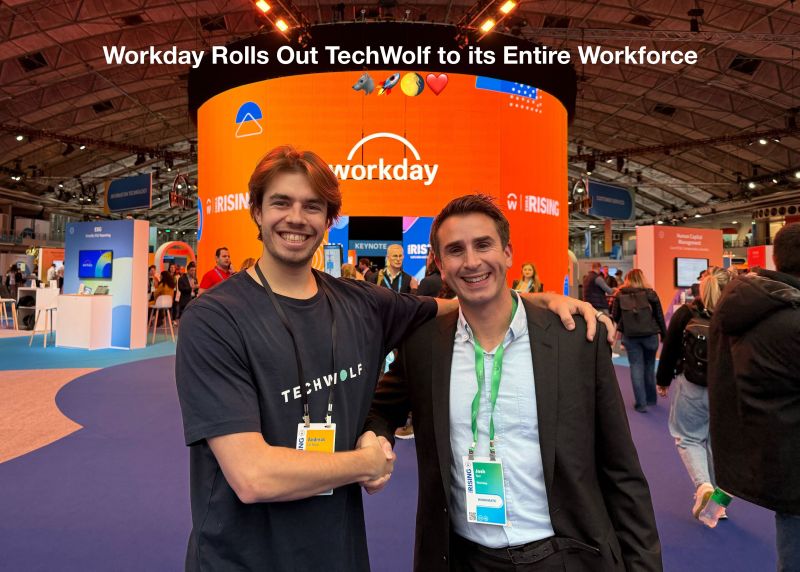

How Workday Scaled Skills to 20,000 Employees with TechWolf
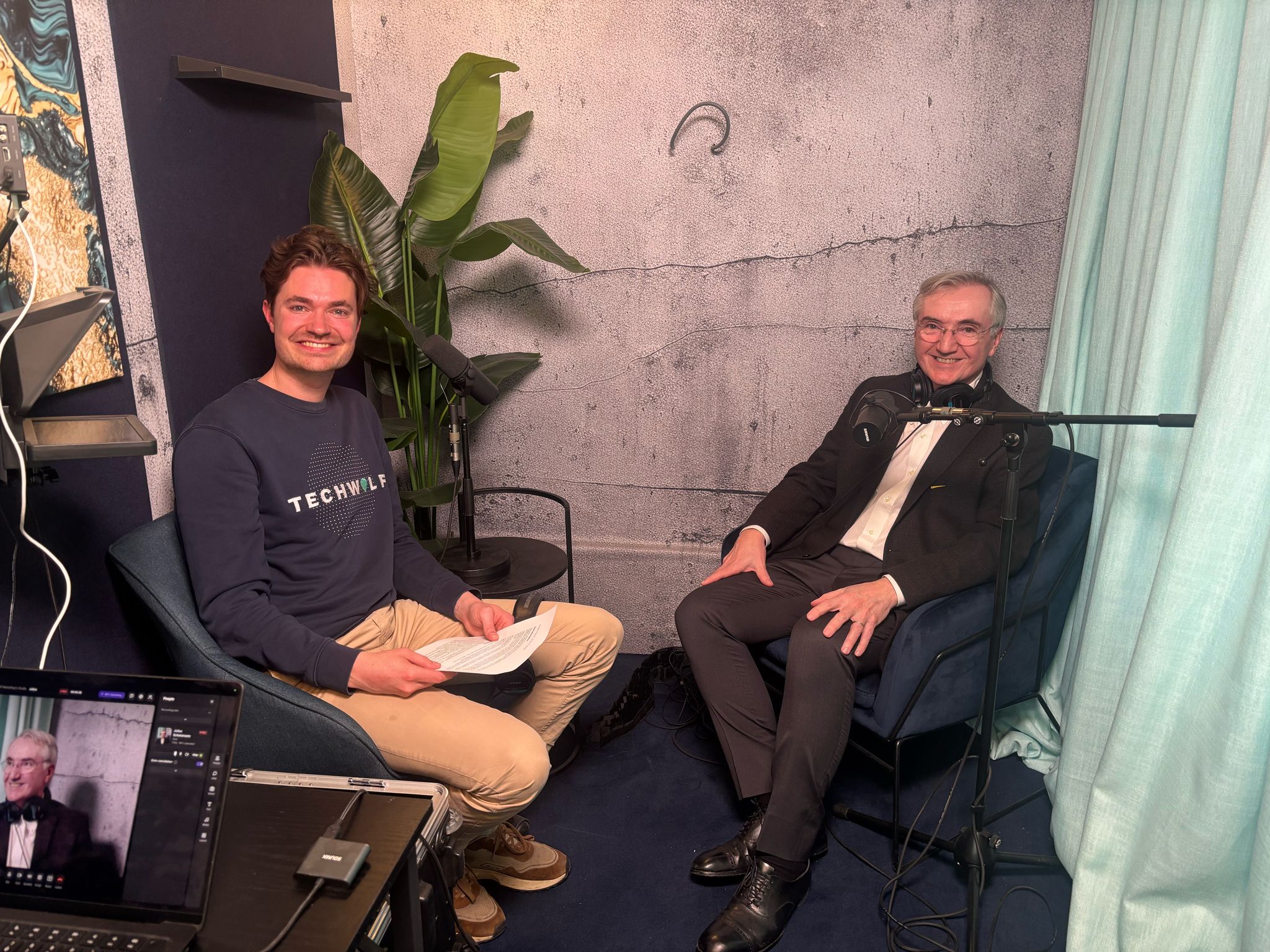

Learn fast or fall behind: Harvard’s Joseph Fuller on HR’s AI wake-up call
